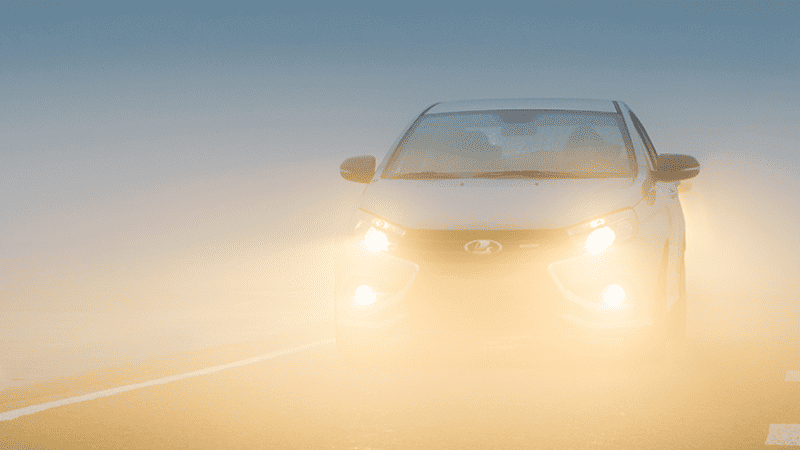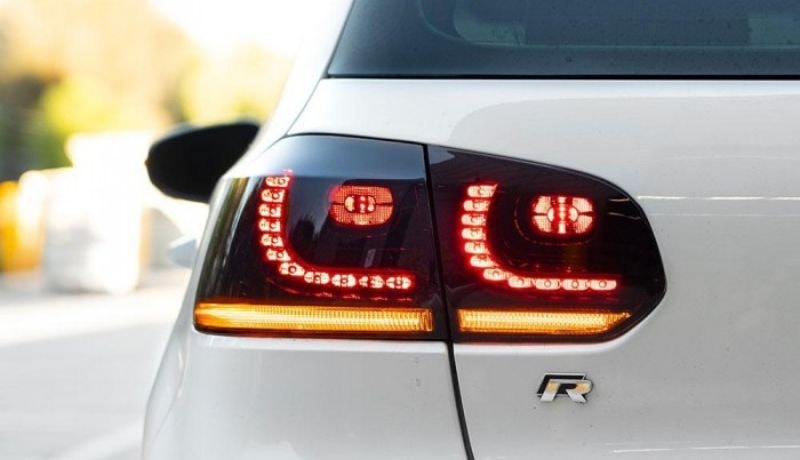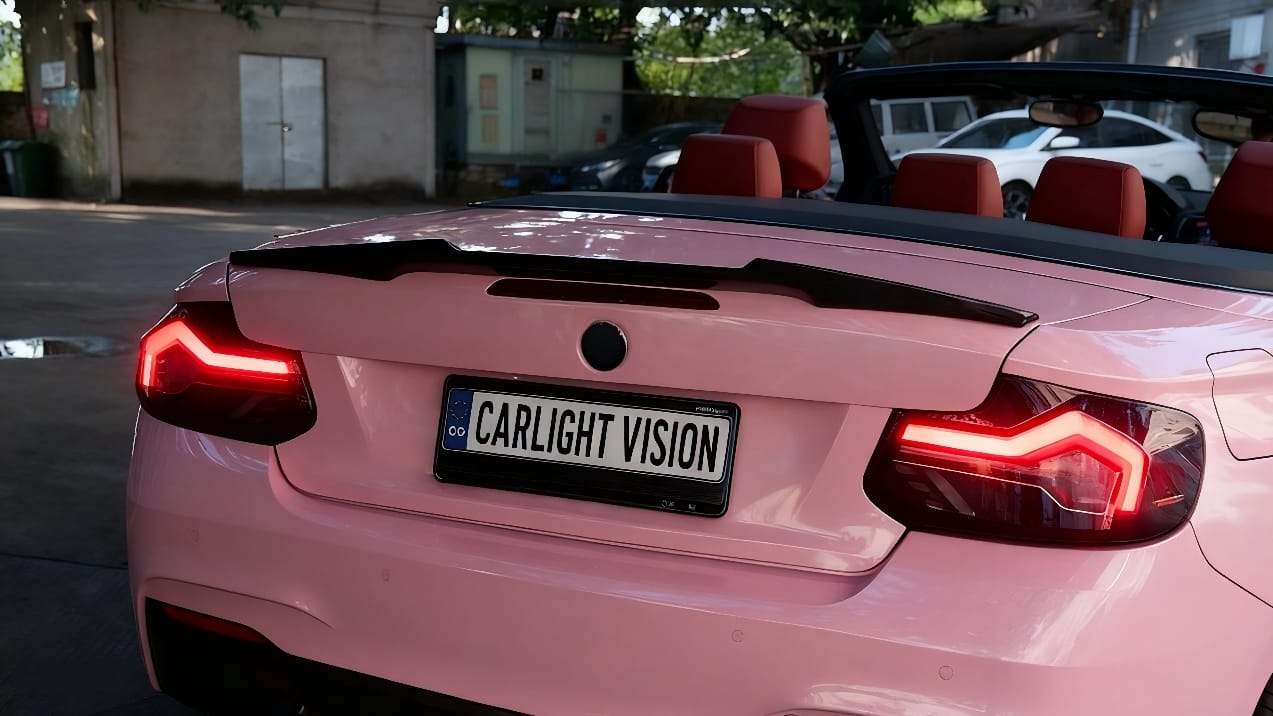Many drivers on the road are confident but have poor driving skills. As a beginner, you are well set up to grow into a driver who is both skilled and confident.
In this article, we give you 10 safe driving tips to help you get started in the right direction. We start with the basics such as knowing your car and correct signaling before diving into tips for handling challenging situations such as highway driving and driving during adverse weather.
1. Get Familiar With Your Car
It is important to know as much as possible about any car you plan on driving. This means knowing the location of controls, the state of maintenance, how to make adjustments, etc.

The basic things you should know about any car you’re driving include:
- The location of control knobs and dials for essential features such as gears, mirrors, windows, headlights, foglights, and wipers.
- The location of controls for auxiliary features such as the AC, seat warmers, and infotainment system.
- The type of consumables your car uses, i.e., fuel, brake fluid, coolant, headlight bulbs, etc.
- When the vehicle last underwent a maintenance check.
- The location of the handbrake.
The control systems in cars have changed a lot recently. Trying to figure out if a particular knob changes the radio station or shifts gears is something you don’t want to do while driving. According to the NHTSA, distracted driving caused over 3000 deaths in 2021.
As for using the right consumables, you can cause a lot of damage to your car by putting in the wrong fuel or you can waste money buying the wrong type of headlight bulb. These mistakes may be basic but can cost you a lot of money.
Poorly maintained cars may break down at the worst possible time and cause an accident. If, like many new drivers, you’re starting with a used car, ensure its maintenance records are in order.
A preliminary check will also help you identify features you should upgrade. For example, if your stock halogen bulbs aren’t bright enough, you can upgrade to a pair of superior LED headlight bulbs.
2. Master the Basics of Safe Driving
The NSC estimates that seat belts saved more than 370,000 lives between 1975 and 2017. Despite these known benefits of using a seat belt, half of the people who died in car crashes in 2021 were not wearing them.
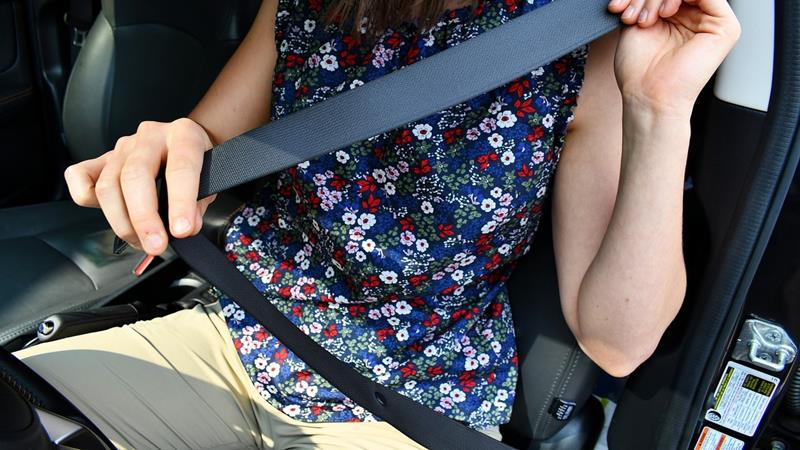
There would be much fewer accidents, fatal or otherwise, if more drivers observed the basics of safe driving. Safe driving measures you should aim to master include:
- Ensuring you and other vehicle occupants are wearing seatbelts when the car is moving
- Obeying traffic laws and signs, including stopping at red lights and driving under the speed limit
- Checking your mirrors before reversing, turning, or changing lanes
- Signaling early when you intend to change lanes or turn
- Inspect your car in the morning to ensure everything is in good shape.
You can learn the basics of safe driving, including what different signs mean, from a driver’s ed course or a driver’s handbook. Traffic laws vary widely from state to state so ensure you get one that’s written for your locality.
3. Anticipate the Challenges of City and Highway Driving
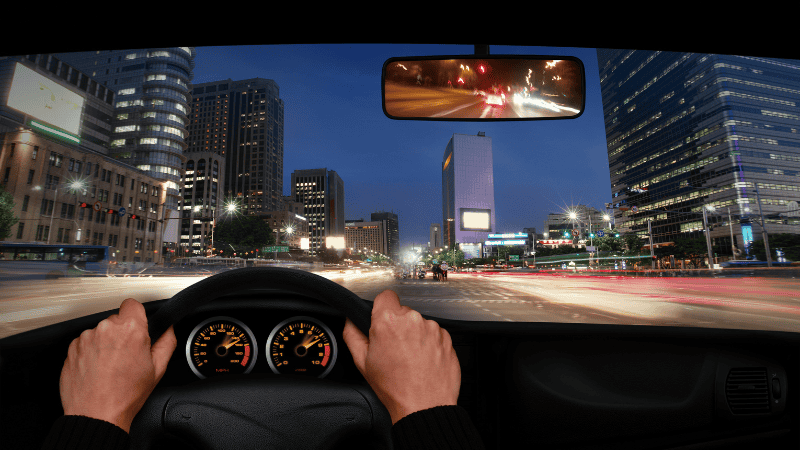
Driving in a busy city and driving on the highway are both challenging, but for different reasons. Some of the challenges you should expect when driving in the city include:
- Heavy traffic
- Mixed traffic i.e., cars, pedestrians, motorcycles, bicycles, etc.
- Many traffic signs
- Fewer parking spaces
On the highway, the challenges you’ll encounter include:
- Drivers going at higher speeds
- Long periods behind the wheel leading to exhaustion
- Poorly lit roads at night
- Boredom and highway hypnosis
When you are aware of these challenges, you can take measures to mitigate them. In the city, you can plan your route to avoid traffic and try to be more alert so you spot pedestrians, cyclists, road signs, and other cars early.
On the highway, you can avoid the left lane to drive comfortably at a lower speed. You can also try to get a good night’s sleep before a long road trip to avoid exhaustion and highway hypnosis.
You can also consider upgrading to high-quality LED headlights if you expect to be on the highway at night. Headlight bulbs like those offered by Carlightvision greatly enhance visibility when driving on poorly lit highways and country roads.
4. Get Comfortable in the Car
The more comfortable you are in the car, the less likely you are to fiddle with buttons and knobs when driving. Make any adjustments you need to get comfortable before your car is on the road.
A few things you could look into are:
- Ensure the driver’s seat is set at the correct distance and reclined at a comfortable angle.
- Set your mirrors so you can check them easily with a turn of the head from your driving position.

- Set your AC or heater to a comfortable temperature.
- Ensure your windscreen and windows are not fogged up or obstructed by snow, condensation, etc.
- Confirm that your feet can comfortably reach the gas pedal, clutch, and brake pedal.
- Ensure your hands’ access to the gear shifter and hand brake isn’t blocked, e.g., by a tall bottle in the cup holder.
- Adjust the height of your steering wheel if possible.
5. Don’t Drive If You’re Not in a Good Physical or Mental State
If you are temporarily impaired, it’s better to leave the driving duties to someone else until you get better. Physical pain can distract you from the road and involuntary movements of your hands or feet can lead to swerving, speeding, or even braking in unsafe conditions.
Mental state is a major concern in driving because it contributes to many accidents each year. Stress and fatigue alone make it harder to concentrate on the road.
Finally, never drive when you’re under the influence of drugs or alcohol. Even a single drink is enough to affect your motor skills. Drunk driving caused over 13,000 deaths in the US in 2021. Many of the drunk drivers who died were, unfortunately, teen drivers.
6. Avoid Distractions
Distracted driving has become a leading cause of car accidents all over the world. When you’re engaged in any activity that takes your attention away from the road, that is considered distracted driving.
Common distracted driving activities include:
- Texting or talking on the phone
- Eating or drinking
- Talking to other people in the car
- Fussing with the infotainment system
- Adjusting your seat, etc.
It may not be possible to avoid every single distraction when driving. A passenger in the car may even help you remain alert during a long drive. However, try to limit the number of things that can distract you from the core activity of driving.
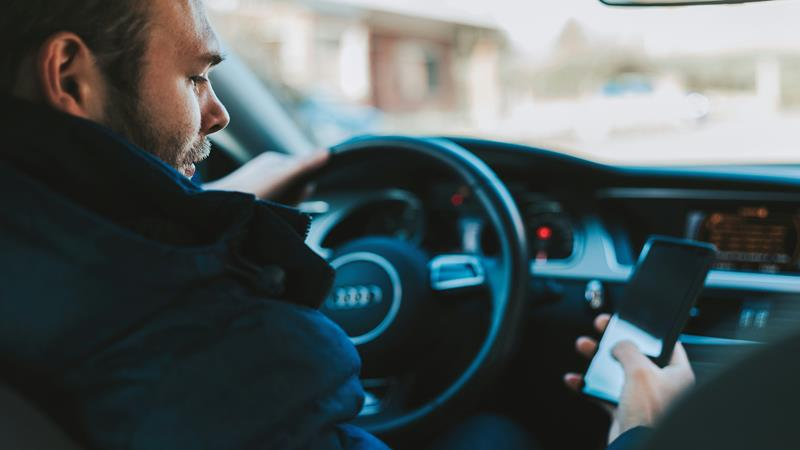
The use of mobile phones when driving is high on the list of distractions you should avoid. Consider taking the extra step of putting your phone in silent mode to avoid alerts that may tempt you to check it while driving.
You should also avoid traveling with unruly passengers and eating or drinking while driving.
7. Focus On Yourself Not Other Drivers
Beginner drivers grossly overestimate the driving abilities of others on the road. You may assume another driver wouldn’t do certain things unless it is safe or somehow acceptable. Unfortunately, many experienced drivers will not think twice about doing something unsafe or flaunting traffic rules.
Some drivers will also try to pressure you to act rashly, e.g., honking behind you at stop signs. Avoid taking cues from other drivers, especially in potentially unsafe situations.
8. Learn How to Handle Adverse Driving Conditions
Driving in adverse conditions such as icy roads, fog, and heavy snow is a challenge even for experienced drivers. Unfortunately, you can’t always avoid driving in such conditions. Luckily, there are measures you can take such as:
- Changing your tires depending on the weather, i.e., winter tires for winter and regular tires for the other seasons.
- Having emergency supplies in your car, e.g., a towing rope and a spare tire.
- Having a reliable fog light you can use in heavy fog or a blizzard. LED fog lights are well suited for this.
- Ensuring your hazard lights are in good working condition.
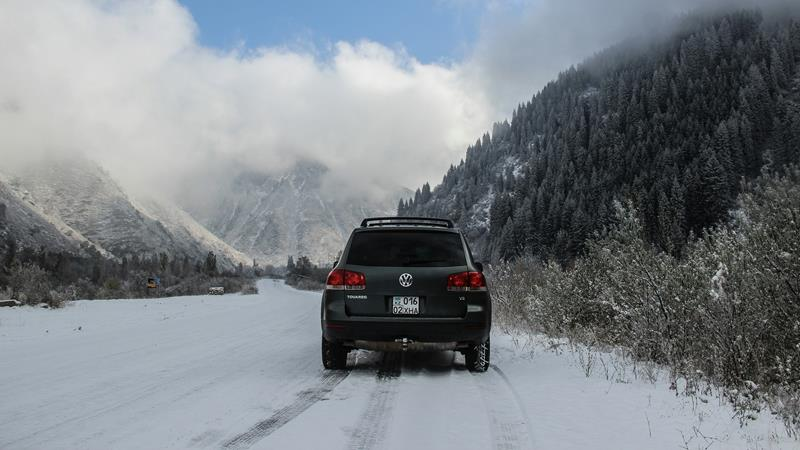
In very tricky conditions, consider pulling over and waiting in a safe location until the situation improves. Driving through floodwater or during an ice storm, for instance, is never safe.
9. Practice Makes Perfect
Every new driver has challenges they’ll need to overcome with time. Beginners can struggle to figure out the basic controls in the vehicle, deciding which speeds to drive at, or how to drive on busy roads.
Reading the driver’s manual and getting tips can help, but there is no substitute for actually driving the car. Your driving skills will only improve if you take the time to put everything you’ve been learning to the test. This will also help you to get comfortable with the pressures of driving in the real world.
You can practice on roads with less traffic in the beginning or parking lots. You may want to have a more experienced driver with you to give you tips or help you out of trickier situations. You can raise the difficulty level by driving through busier streets and highways or driving alone.
10. Learn Defensive Driving
Defensive driving is the practice of anticipating and avoiding risky situations when driving. The main idea behind defensive driving is to be alert to the environment and the actions of others so you can spot potential hazards and predict if something is likely to go wrong.
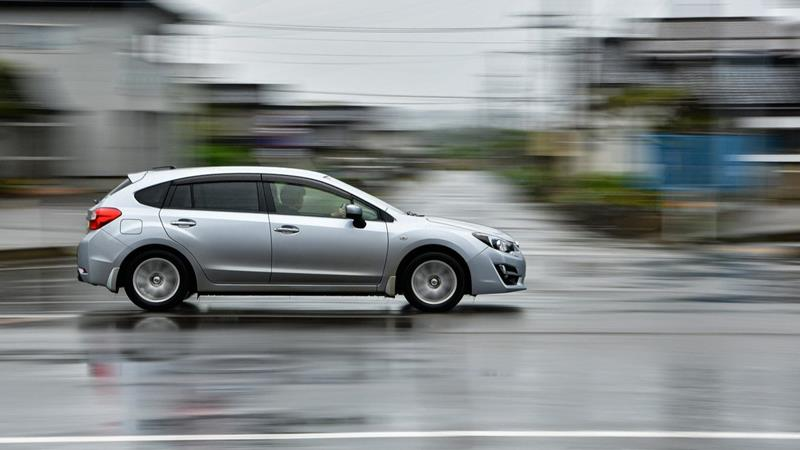
For example, if you’re approaching an intersection and you notice another driver coming at a high speed, you may judge that they’re unlikely to stop in time in case the light turns red. As a defensive driver, you’d pause for a few extra seconds even if the light is green to avoid a potential collision.
Defensive driving starts with the basics such as using your seat belt and paying attention to what is happening on the road. However, there are other things you can learn such as:
- Not driving aggressively
- Developing a system to determine if your following distance gives you enough space to stop.
- The importance of driving below speed limits
- Identifying escape routes out of potentially dangerous situations
- How to separate risks when faced with more than one danger
You can take a defensive driving course if one is offered near you. You can also learn the basics of defensive driving from online sources, but you’ll have to remember to practice them when driving.
Conclusion
Getting your driver’s license can be both exciting and scary. Many new drivers are overwhelmed in certain situations or make simple mistakes with serious consequences. That doesn’t have to be your story.
You will not get everything right the first time and you’ll probably forget a tip or two at some point. However, with the right attitude and a willingness to learn, you will become a better and more assured driver when you get behind the wheel.
How Carlightvision is Lighting the Way for New Drivers
Carlightvision is a manufacturer of high-quality LED bulbs for headlights, fog lights, and other automotive lighting. Our products help to make roads safer and driving more comfortable for new drivers by ensuring visibility is good even in adverse conditions.
Visit our website to find out more about us and how we can be a new driver’s best friend on a night. Get a Wholesale Quote from Carlightvision Today!
